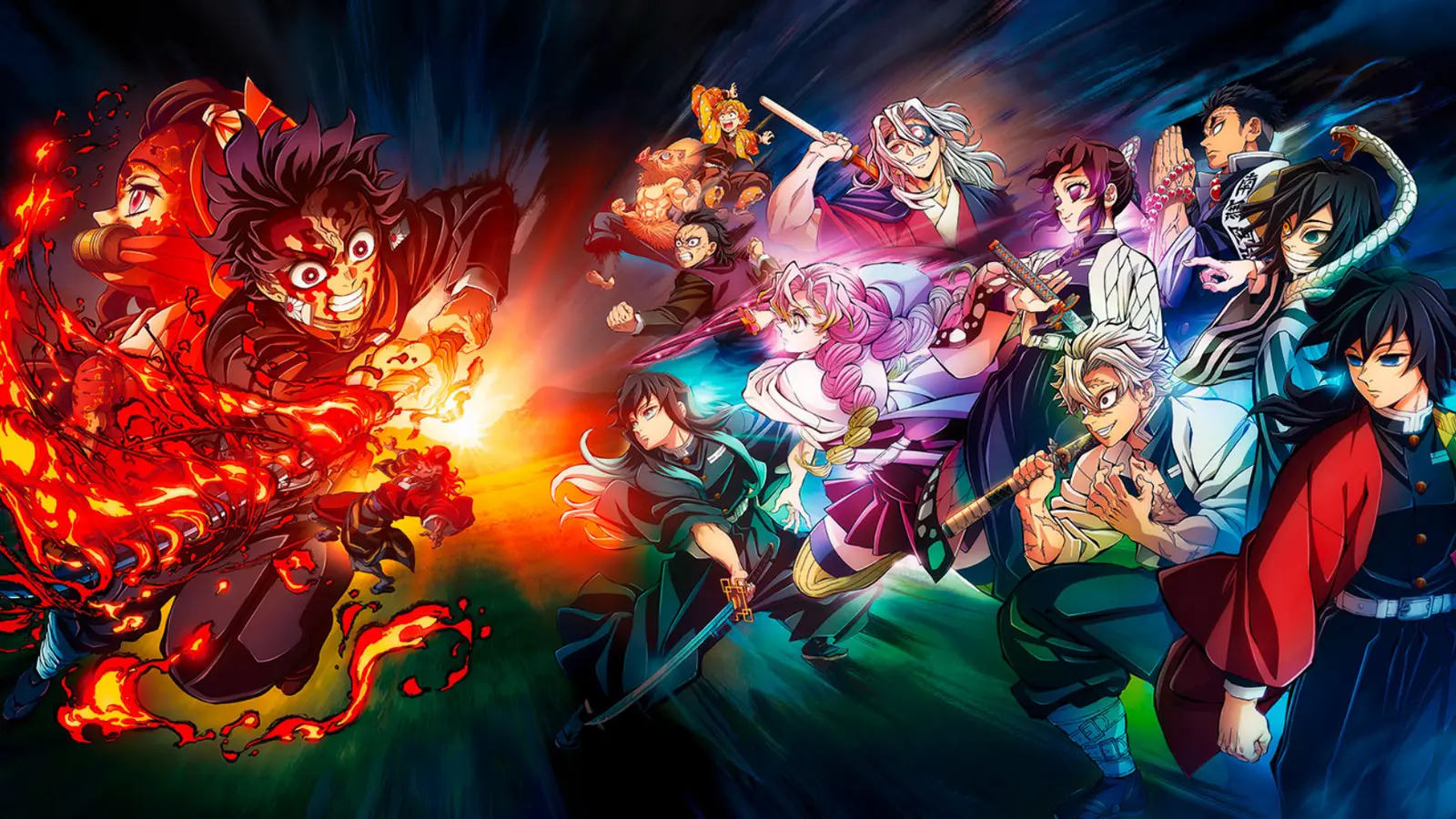
Demon Slayer: Infinity Castle has taken the world by storm, breaking numerous records and solidifying its status as one of the franchise’s most thrilling arcs. The film had the biggest opening weekend for an anime in North America, surpassing the 1999 Pokémon: The First Movie with a $70 million debut.
Domestically, the film set multiple records for opening day, single day, and multi-day grosses, becoming the biggest opening for any anime film in Japan’s history. Despite only reaching theaters in North America recently, it has already become one of the highest-grossing animated films of 2025, drawing crowds of eager fans with its fast-paced and visually stunning narrative.
Some fans have cited Demon Slayer: Infinity Castle’s ending as frustratingly abrupt; however, it’s also the best way the film could have possibly ended. Fans may be eager for the next installment, and they can rest assured that the upcoming chapter will build upon and preserve the tension of the first film.
Infinity Castle Is Demon Slayer’s Longest Arc
Infinity Castle stands out as Demon Slayer’s longest arc, filled with intense fights and heartbreaking farewells. Covering several high-stakes battles, the film offers its spotlighted characters ample time to shine. The first film grants Shinobu, Zenitsu, Tanjiro, and Giyu all moments of growth, with even their foes, Doma, Kaigaku, and Akaza, earning memorable moments.
The first part of Infinity Castle only covers half the story, featuring only three major battles, with some of the most intense yet to come. The sheer scale of the arc, which will span three feature films, allows the story to build tension effectively, rather than rushing through character development.
For fans, this format allows them to connect more deeply with the characters’ journeys and makes every fight exciting and visually striking. Each confrontation in the film feels more meaningful because viewers get time to understand the motivations, fears, and sacrifices that each character faces while racing against time within the ever-changing Infinity Castle.
By stretching the arc across multiple films, Demon Slayer preserves the best aspects of Koyoharu Gotouge’s original manga while delivering a cinematic experience for longtime fans and newcomers alike. It ensures that every clash and character receives the attention and detail they deserve, creating an experience that is both engaging and jaw-dropping, and beyond stunning.
Time In Between Gives The Story Time To Breathe
Even in a fast-paced arc like Infinity Castle, moments to breathe and reflect are just as vital. The gap between the first film and the next might frustrate some fans; however, it encourages viewers to reflect on every moment and battle that has already occurred, allowing the creative team enough time to craft an even greater masterpiece.
Pausing increases anticipation for the next installment. It allows the emotional core of the first film to resonate more deeply with fans rather than rushing into the next big battle. Audiences have time to process Shinobu’s resolve, Akaza’s tragic fate, and the intensity and visual spectacle of each fight and flashback in the first film.
In a unique way, the break becomes part of the film’s storytelling. By not rushing into the next wave of action, it gives fans a chance to process and develop their own theories about the film and discuss creative choices. Without a break between films, some of the most important moments might have been overshadowed.
For the creators behind Demon Slayer, the time between films is just as important, if not more so. Allowing extra time for production helps ensure that the next installment can match or even surpass the first in animation quality and pacing. With Infinity Castle already raising the bar, fans can expect the next film to surpass every expectation.
The Next Chapter Is One Of The Most Intense Yet
The next chapter of Demon Slayer promises an explosion of action, building directly off the cliffhanger of Infinity Castle Part 1. Some of the most intense and grueling battles lie ahead in the series’ future, likely starting with Kanao and Inosuke facing off against Doma following the death of the Insect Hashira Shinobu.
Their battle is among the most emotionally charged, testing the young Demon Slayer’s skills, teamwork, and resolve against Upper Rank Two. Elsewhere in the castle, Obanai Iguro and Mitsuri Kanroji take on Nakime, the Upper Rank responsible for controlling the Infinity Castle itself. Her fight will test their agility, power, and strategy as the Hashira navigate an ever-shifting environment.
Given the effort needed to create such stunning animation, the time between films promises another masterpiece in progress.
One of the most highly anticipated battles in the upcoming film is the fight against Kokushibu, Upper Rank One, as the combined forces of three Hashira unite to confront this overwhelming threat. As one of the most brutal and high-stakes battles in Infinity Castle, audiences can expect its animation to be one of the most detailed and impressive yet.
By ending Infinity Castle Part 1 before these battles, the franchise guarantees that the next film will develop in the best way possible, providing fans with an ending that isn’t as frustrating as stopping mid-battle. Given the effort needed to create such stunning animation, the time between films promises another masterpiece in progress.
The Cliffhanger Sets Up an Unmissable Next Chapter
Ending Infinity Castle with a cliffhanger was a deliberate and smart narrative choice. After an arc filled with intense battles, character growth, and sacrifices, stopping right before the next conflict keeps the stakes high and builds anticipation for what comes next. If the film had ended mid-battle, fans would likely have been much more disappointed, causing greater frustration.
The cliffhanger also allows the story to maintain its already fast-paced narrative without feeling overly forced or rushed. By pausing before a critical moment, the narrative adds weight to the events that have already transpired. It allows the audience to fully understand the consequences of each pivotal scene, resulting in a greater emotional and narrative impact in the long run.
In short, the cliffhanger turns anticipation for the next installment of the franchise into a narrative tool. It transforms the next chapter into a must-watch event greater than Infinity Castle Part 1 with the promise of higher stakes and pushing past storytelling boundaries. By choosing this ending, the filmmakers ensure that Demon Slayer’s next film will be eye-catching and unmissable.



